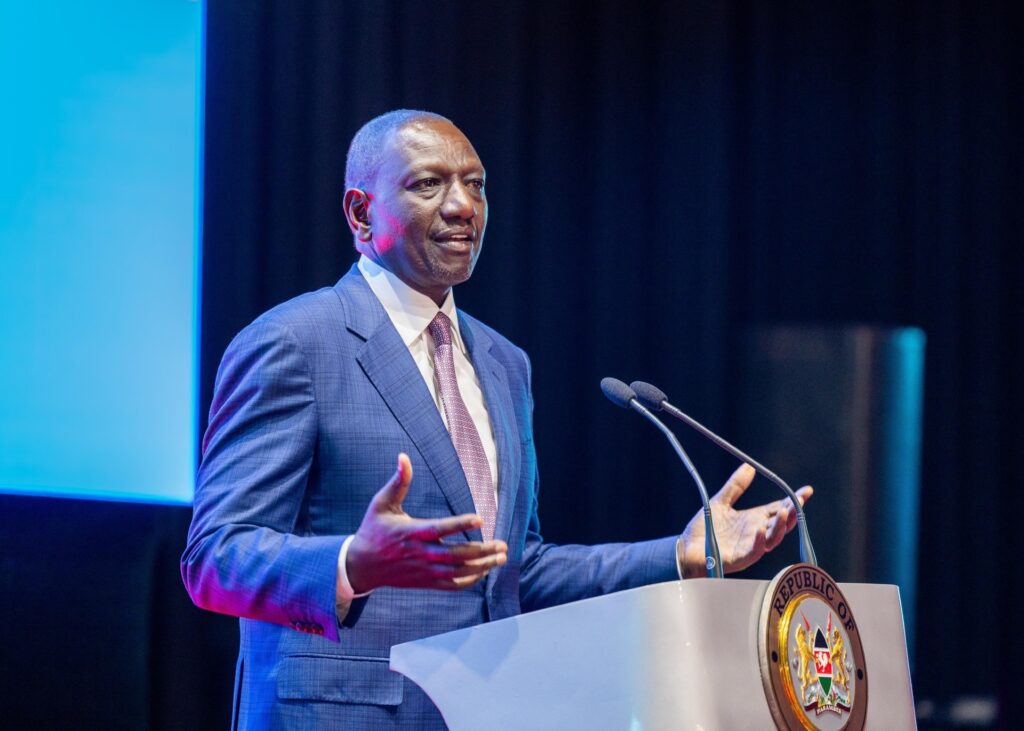The delay in transferring these functions has been a source of frustration for civil society groups. Earlier this month, the Kenya Devolution Civil Society Organisations Working Group (KDCSOWG) accused the Kenya Kwanza government of sitting on recommendations made by IGRTC for over a year. KDCSOWG highlighted that IGRTC had completed the technical process of unbundling the functions in November 2023, which culminated in Gazette Notice No. 251. However, this notice was mysteriously withdrawn through Gazette Notice No. 257 on December 8, 2023, without any explanation
The Inter-Governmental Relations Technical Committee (IGRTC) has announced the transfer of over 500 functions from the national government to the 47 county governments, following a Special Gazette Notice Vol. CXXVI—No. 219, dated December 16, 2024. This marks a significant step toward the full implementation of devolution, which has faced challenges since its inception.
For years, IGRTC highlighted key barriers hindering the full transfer of functions, including duplication of roles, resource gaps, conflicting legislation, and reluctance from the national government. Speaking on the matter, IGRTC Chairman Kithinji Kiragu emphasized that counties must involve local communities in governance to ensure efficiency and participation.

“County governments shall coordinate the participation of communities and assist them to develop administrative capacity for effective governance at the local level,” Kiragu said.
Civil Society Groups Decry Delays
The delay in transferring these functions has been a source of frustration for civil society groups. Earlier this month, the Kenya Devolution Civil Society Organisations Working Group (KDCSOWG) accused the Kenya Kwanza government of withholding recommendations made by IGRTC for over a year.
KDCSOWG highlighted that IGRTC had completed the technical process of unbundling functions in November 2023, culminating in Gazette Notice No. 251. However, this was mysteriously recalled through Gazette Notice No. 257 on December 8, 2023, without explanation.
Kenya Human Rights Commission Deputy Executive Director Cornelius Oduor revealed that an omnibus bill, addressing amendments to 94 pieces of legislation to streamline the transfer process, was submitted to the Attorney General’s office in July 2024 but remains unpublished.
“IGRTC and the State Department for Devolution completed technical consultations and submitted draft legal notices to the Attorney General, but there has been no progress since,” Oduor noted.
Ruto Bows to Pressure at County Governments Summit
During the County Governments Coordinating Summit held at State House, Nairobi, on Monday, President William Ruto finally addressed the contentious issue. Bowing to mounting pressure, Ruto directed the systematic transfer of the pending functions to counties, albeit with a caveat that funding would only begin in July 2025 when the new financial year starts.
“I now direct the committee to take the next step of systematically identifying and transferring the requisite budgetary and other resources tied to these functions in the next fiscal year,” Ruto stated.
The President’s announcement marked a shift after months of evasion on the matter, which has caused significant financial strain at the county level.
Fiscal Constraints and Funding Gaps
Counties have remained cash-strapped, with the devolution working group estimating that the national government retains up to Ksh 270 billion, three-quarters of the Ksh 380 billion shareable revenue, due to its continued execution of devolved functions.
Ruto acknowledged the fiscal challenges, noting that constraints in the national financial framework have impeded timely disbursement of funds to counties.
Key Functions Transferred to Counties
IGRTC delineated the functions to be transferred across multiple sectors, including:
- Trade and Disaster Management: County-level firefighting services and disaster response.
- County Health Services: Management of health facilities and programs within counties.
- Public Works and Transport: Overseeing county roads, public works, and technical consultancy services.
- Agriculture and Animal Welfare: Agricultural development, animal control, and resource management.
- Environment and Natural Resources: Environmental conservation and resource allocation.
- Education and Childcare: Pre-primary education, village polytechnics, home craft centers, and childcare facilities.
- Community Development: Cultural activities, public entertainment, and public amenities.
- County Planning and Land Management: Land surveying, mapping, and boundary fencing.
- Control of Drugs and Pornography: Regulation and enforcement at the county level.
Overlap and Duplication of Roles
Notably, IGRTC identified areas where the national and county governments will share responsibilities, potentially leading to further duplication of roles. Both levels of government will be tasked with developing and managing public buildings, offering technical consultancy services in engineering, land surveying, and fire protection installations.
This overlap underscores the need for legislative clarity to prevent conflicts and ensure efficient delivery of services. With President Ruto’s directive, Attorney General Dorcas Oduor is now tasked with issuing a legal gazette notice to enable Parliament to enact the necessary bills facilitating the transfer process. However, questions remain regarding the readiness of counties to assume these responsibilities, particularly in light of funding delays and administrative challenges.
As counties brace for the transfer, the success of this initiative will hinge on the timely allocation of resources and cooperation between the two levels of government.
This development represents a critical milestone in Kenya’s devolution journey, with hopes that it will enhance service delivery, governance, and economic development at the grassroots level.





